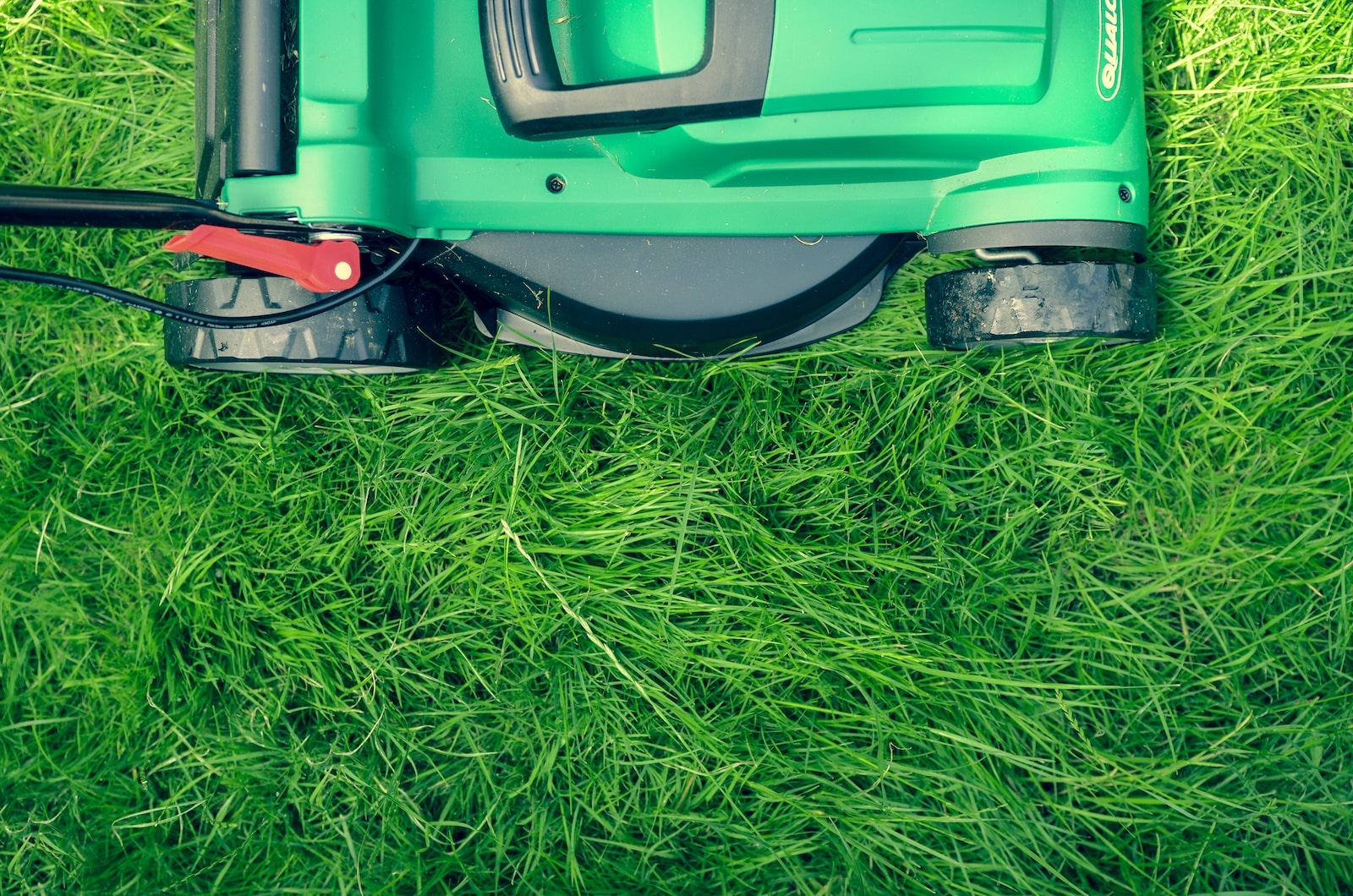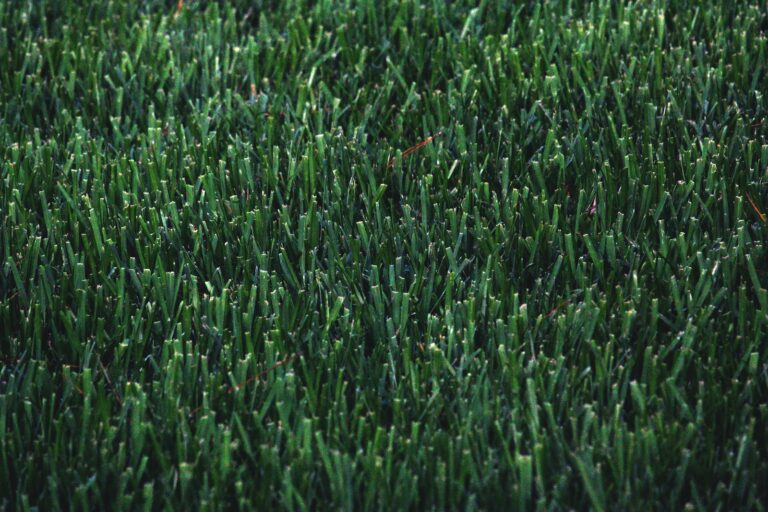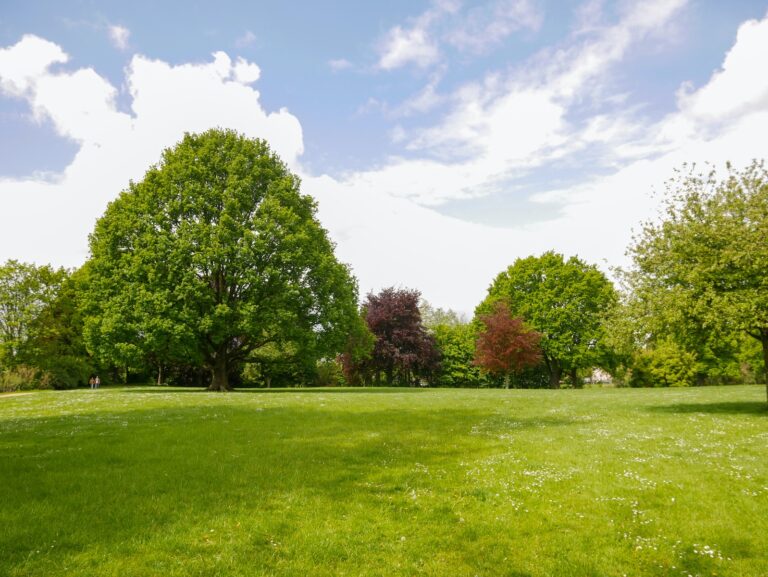Choosing the Right Grass Seed for Your Lawn Renovation Project

Revitalize your lawn and transform it into a lush green oasis with the right grass seed for your lawn renovation project! Whether you’re starting from scratch or looking to patch up bare spots, choosing the perfect grass seed is crucial to achieving a vibrant and healthy lawn.
But with so many options available, how do you know which one is right for you? Don’t worry, we’ve got you covered! In this article, we’ll explore different types of grass seed and provide expert tips on how to select the ideal variety for your specific needs. So let’s dive in and get ready to sow the seeds of success!
Different types of grass seed
Different types of grass seed can greatly impact the overall look and health of your lawn. When it comes to choosing the right one for your lawn renovation project, it’s important to consider factors such as climate, soil type, and how you plan to use your lawn.
Cool-season grasses, like Kentucky bluegrass and tall fescue, thrive in regions with cold winters and hot summers. These grasses have a deep green color and are known for their ability to withstand heavy foot traffic.
Warm-season grasses, such as Bermuda grass and Zoysia grass, are better suited for areas with mild winters and hot summers. These varieties tend to be more drought-tolerant but may not fare well in colder climates.
For shaded areas that receive limited sunlight, fine fescues or shade-tolerant blends may be the best choice. These grasses have a finer texture and can tolerate lower light conditions.
If you’re looking for a low-maintenance option, consider using a mix of different types of seed. This approach provides greater resilience against diseases or pests while also ensuring consistent growth throughout the year.
Selecting the right type of grass seed is crucial for achieving a lush and healthy lawn that suits your specific needs. Take into account factors like climate conditions and intended use before making your final decision.
How to choose the right grass seed for your lawn
With so many options available, choosing the right grass seed for your lawn renovation project can be overwhelming. However, by considering a few key factors, you can make an informed decision that will result in a beautiful and healthy lawn.
Consider the climate and growing conditions in your area. Different types of grass thrive in different environments. For example, cool-season grasses like Kentucky bluegrass and fescue are best suited for regions with moderate temperatures and regular rainfall. On the other hand, warm-season grasses such as Bermuda grass and Zoysia grass do well in hotter climates with less water availability.
Next, assess your specific needs and preferences. Are you looking for a low-maintenance option? Do you have children or pets who will frequently use the lawn? Consider factors like drought tolerance, disease resistance, traffic tolerance, and mowing requirements when selecting the right seed variety.
Additionally, take into account the amount of sunlight your lawn receives throughout the day. Some varieties of grass require full sun exposure to thrive while others are more shade tolerant. It is important to choose a seed mix that matches these light conditions to ensure optimal growth.
Consult with experts at local nurseries or extension offices who have knowledge about native species and specific regional considerations. They can provide valuable guidance based on their expertise and experience working with lawns in your area.
By carefully evaluating these factors – climate suitability, personal preferences/needs -and seeking professional advice if necessary- you can confidently select a high-quality grass seed that will give rise to a lush green carpet beneath your feet!
The best time to plant grass seed
The timing of when you plant your grass seed can greatly impact the success of your lawn renovation project. While there may be some variation depending on the specific type of grass you are sowing, in general, the best time to plant grass seed is during the early fall or spring seasons.
Planting in the fall allows for cooler temperatures and more consistent moisture levels, which create optimal conditions for germination and establishment. The soil is also still warm from summer, providing a conducive environment for root growth. Additionally, weeds tend to be less active during this time, giving your new grass a better chance to thrive without competition.
Spring planting is another favorable option, as it takes advantage of increasing temperatures and longer daylight hours. However, it’s crucial to avoid planting too early when frost may still occur.
To determine the exact timing for your area and grass type, consider factors such as average last frost date and local climate patterns. It’s always recommended to consult with local gardening experts or extension services for tailored advice.
Remember that proper preparation before seeding—such as removing weeds or debris—and regular watering are essential regardless of when you choose to plant. By carefully selecting the right time to sow your seeds, you’ll give them an advantageous head start towards achieving a lush and healthy lawn.
How to care for your newly seeded lawn?
After successfully planting your grass seed, it’s important to provide the right care and maintenance to ensure healthy growth and a vibrant lawn. Here are some tips on how to care for your newly seeded lawn.
1. Watering: Adequate watering is crucial for seed germination. Keep the soil consistently moist by lightly watering it every day or as needed, depending on weather conditions. Avoid overwatering, as it can lead to shallow root development.
2. Mowing: Once the new grass reaches a height of about 3 inches, you can start mowing. Set your mower at its highest setting and only remove one-third of the grass blade length at a time. This helps promote root growth without causing stress to the young plants.
3. Fertilizing: Wait until after the new grass has been mowed three times before applying any fertilizer. Use a slow-release nitrogen fertilizer specifically formulated for new lawns according to package instructions.
4. Weed control: Be vigilant in controlling weeds that may compete with your newly seeded lawn for nutrients and sunlight. Pull out any visible weeds by hand or use an appropriate herbicide if necessary.
5. Patience: It takes time for newly seeded lawns to establish fully, so be patient! Give them proper care and attention throughout their growing season, which could take several weeks or even months depending on the type of grass you’ve planted.
Remember that each lawn renovation project is unique, so adapt these general guidelines based on specific factors like climate, soil conditions, and desired results.
Conclusion
Choosing the right grass seed for your lawn renovation project is crucial to achieving a lush and healthy lawn. By considering factors such as climate, soil conditions, and usage patterns, you can select a grass seed that will thrive in your specific environment.
When it comes to choosing the type of grass seed, consider warm-season or cool-season varieties based on your region’s climate. Warm-season grasses like Bermuda or Zoysia are ideal for hot summers, while cool-season grasses like Kentucky Bluegrass or Tall Fescue are better suited for cooler climates.
In addition to climate considerations, assess the condition of your soil. Some grass seeds perform better in sandy soils with good drainage, while others tolerate heavy clay soils. Understanding your soil composition will help you choose a variety that will adapt well to its characteristics.
Considering how much foot traffic your lawn receives is also important when selecting a grass seed. If you have children or pets who frequently use the yard, opt for more durable varieties that can withstand wear and tear.
Timing is key when it comes to planting grass seed. The optimal time varies depending on whether you’re using warm-season or cool-season grasses. In general, spring and fall are favorable seasons for overseeding or starting from scratch respectively.
Once you’ve planted the new seeds, proper care is essential for their successful growth. Watering regularly but not excessively will encourage deep root development. Avoid mowing until the new blades reach an appropriate height and always follow best practices such as avoiding cutting too short.
By following these guidelines and selecting the right type of grass seed tailored to your specific needs and conditions, you’ll be well on your way to transforming your lawn into a vibrant oasis that enhances both beauty and functionality!
Remember that maintaining a healthy lawn requires ongoing attention throughout each season – so stay proactive with regular maintenance tasks like fertilizing appropriately when needed.







